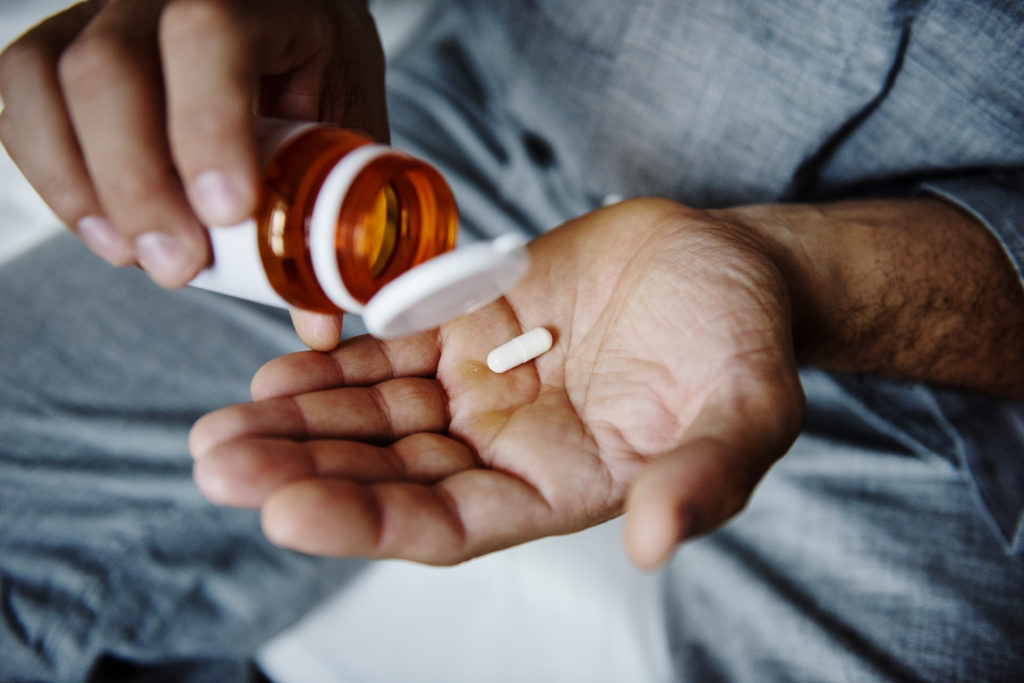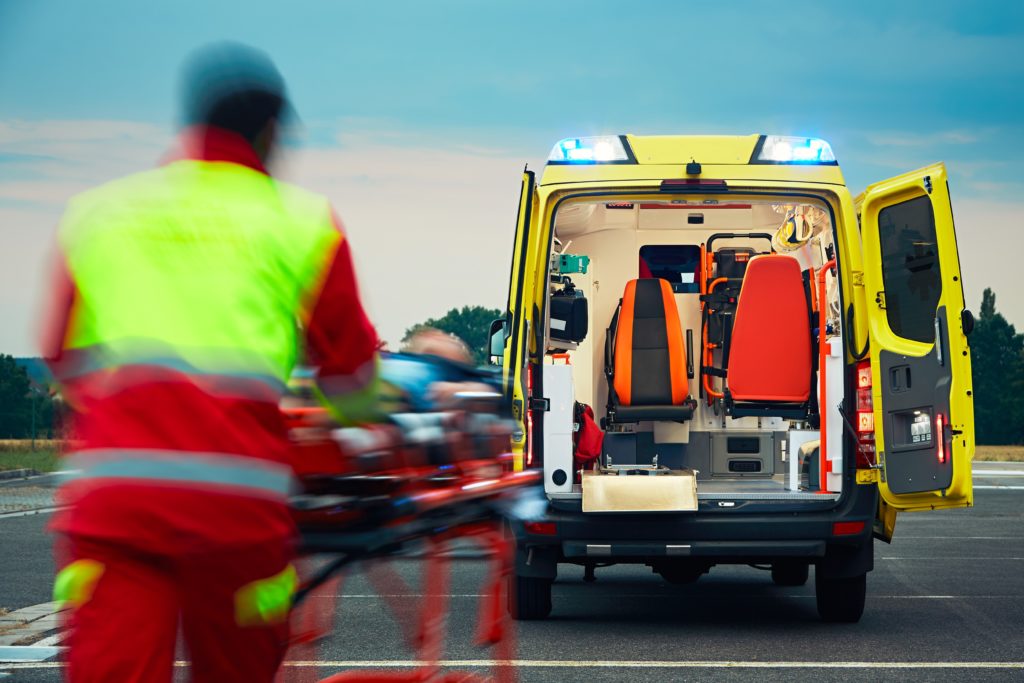Opioid overdose can happen to anyone at any time. This happens when a toxic amount of an opioid, or combination of opioids, overwhelms the body. Unfortunately, the number of opioid overdose cases have risen tremendously over the past 10 years. In 2016, opioids killed more than 42,000 people, with 40% of deaths involving a prescription opioid.
What is an Opioid Overdose?
People can overdose on many things, including alcohol, narcotics, over-the-counter painkillers, opioids, and a mixture of drugs. An opioid overdose occurs when there are so many opioids or combinations of opioids found in the body. Victims of overdose are not responsive to simulation and their breathing is inadequate. This happens because opioids fit into specific areas of the body that affects breathing, causing slowed to halted breaths.

Fortunately, an opioid overdose is not instantaneous. Those who are affected will experience slowed breathing within minutes to hours after use, which proceeds red flags like the lips and fingers turning blue. Often, there is time to help those experiencing the overdose before it becomes extremely critical.
How to Intervene
The first step to respond to an opioid overdose is to assess the signals of the victim. It is important to ask yourself:
- Is the person breathing?
- Is the person responsive?
- Do they answer when you call for them?
- Can they speak?
- How is the color on their lips and fingertips?
If the affected individual is unconscious, try to wake them up. Call their name loudly and say things they do not want to hear like, “I am going to call 911”. If this does not work, try to wake them by rubbing your knuckles into their sternum. Do not force and risk breaking their sternum, but rather inflicting minor pain to see if they respond to it.
If they wake up then it important to get them to focus. Can they speak to you? Check their breathing patterns to see if they have a shortness of breath. If so, call 911 or the paramedics for further help. Continue to monitor them and keep them awake & breathing.
However, if the overdosed victim does not respond to anything, do not try anything else. Treat this as an emergency and notify paramedics/911 immediately!
Ensure that they are in the Recovery Position, which means laying them slightly on their side with their body supported by a bent knee. It is extremely important to position their face to the side to prevent the risk of choking if they vomit.
Next Steps to Take
Once paramedics arrive and they are taken away for professional help, the next step is to get ready for them when they are released.

Normally the treatment for overdose is to prescribe Naloxone which blocks opioids from acting. It is possible this can cause withdrawal symptoms, so under no circumstances should you allow them to take any opioid medication while under naloxone.
Keep a close eye on them to ensure this does not happen in the near future again. Understanding opioids are the first step to helping out the victims, but failure to keep an eye on them can result in re-overdose. This can happen and any consecutive instances after the first can be much more deadly.
If you are worried about their health, contact a professional physician in the opioid treatment immediately. Use our physician finder to locate the nearest clinic to help treat opioid overdose. Helping them get professional help means the risks of overdose can be severely lessened.
